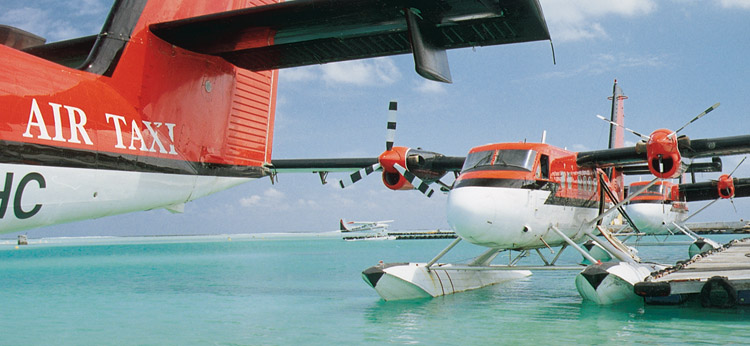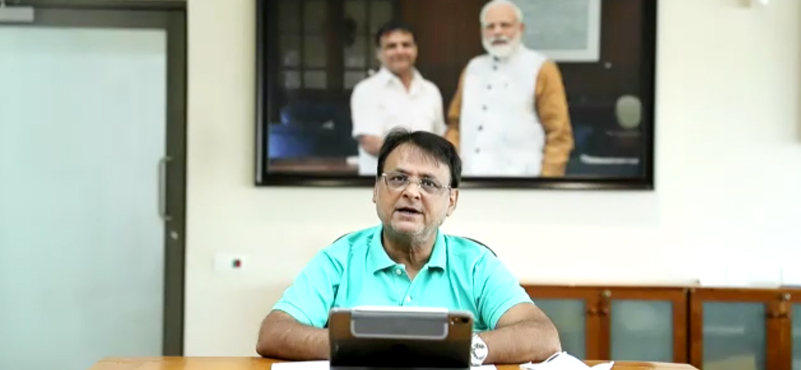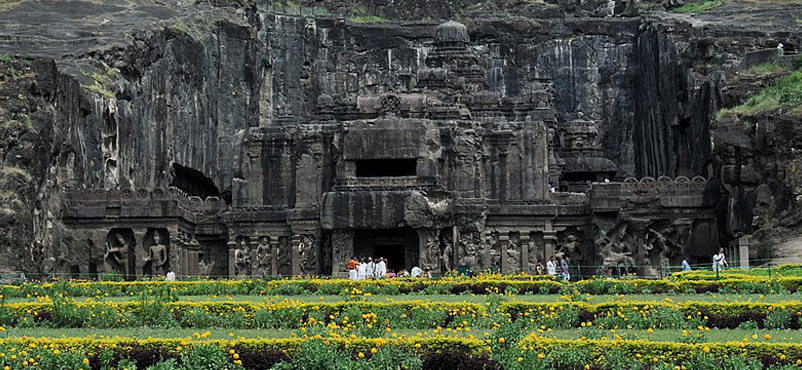Lavasa’s ascent as a tourist destination underlines the power of creating new infrastructure and is in sync with the nation’s vision of having more SMART cities. An exclusive with the CEO.
Creating new cities and constantly upgrading infrastructure is one of the key requirements for any developing nation to tackle issues that growth brings with itself with. Migration, dependence of larger population on urban areas for employment and accommodating increasing influx are some of the prime reasons why new cities are created.
 A look at India tells us that there have, only, been a handful of new cities that have been created post independence. Chandigarh, Navi Mumbai – which happens to be the largest planned township in the world, Dhule and, the latest entrant to this coveted list – Amravati are some names that come to mind. But, taking into account the uniqueness of its product, nothing beats Lavasa. A township nestled in the Western Ghats, in proximity to Mumbai; it is one of the marvels of India’s quest for new cities. The project, itself, is spread across one hundred sq. km. and boasts of five towns, one of which is currently operational, as of now.
A look at India tells us that there have, only, been a handful of new cities that have been created post independence. Chandigarh, Navi Mumbai – which happens to be the largest planned township in the world, Dhule and, the latest entrant to this coveted list – Amravati are some names that come to mind. But, taking into account the uniqueness of its product, nothing beats Lavasa. A township nestled in the Western Ghats, in proximity to Mumbai; it is one of the marvels of India’s quest for new cities. The project, itself, is spread across one hundred sq. km. and boasts of five towns, one of which is currently operational, as of now.
Its inception was a result of the Maharashtra government’s attempt to create a new township through private funding. It was approved for a hill development project almost a decade ago. As the mega-city slowly comes to life, it now possesses of a one of the largest stand-alone convention centre in India, a number of universities and top-notch hotels. With the infusion of various elements like leisure activities, IT parks and adventure sport, it is heading towards becoming a year round economy. Given its infrastructure, it is host to a number of cultural events, vintage car shows, marathons and music concerts. Currently, the only operational town named Dasve has twenty five restaurants and a promenade like ones in Europe. It has round the clock operational call centre and an Apollo hospital with 66 rooms to cater to medical issues. Lavasa has also been laid with underground optic fiber to ensure top-notch communication facilities.
The town, itself, is governed by a manager, more like a Mayor. Rajiv Duggal, CEO, Lavasa Corporation Ltd says that with its growth, it has become a serious centre for leisure in Maharashtra and, in, India. The city has its own tourism centre which helps travellers in chalking out the best possible itineraries based on their preferences.
“Currently, we have some 300 rooms to offer with brands like the Novotel, Holiday Inn and IBIS. We hope to add another 400 rooms by the end of 2017 – which will then give us enough rooms to push for large scale conferencing. Besides, we also have a unique hilltop resort named Ekaant, with 20 rooms, for the luxury segment travellers,” he said.
Given its location and systematic infusion of related infrastructure, Lavasa also happens to be a formidable centre for adventure based activities. “There are over a hundred activities that travellers can engage in. We have jet-ski, pedal boats, pontoons and bumper boats. We also have advance sport activity like riding the Jetovator – which is very unique,” said the CEO. The Western Ghats brings with itself ample rain and waterfalls that have become strong pull factors for tourists. Lavasa has over a hundred waterfalls. “People love taking the waterfall safari where we make them experience waterfalls taking them around in jeeps. Unlike in the North India, people here in Maharashtra love the rain,” added Rajiv.
Another noteworthy product is the 18-hole Golf simulator which allows players to enjoy the ambience of playing in 40 different countries. “It is a 4,000 square feet space; one of the largest in the country, I believe,” said Rajiv Duggal.
Lavasa would unveil a family entertainment centre which was expected to be commissioned by 2017, we were told. “With an area of one hundred and fifty thousand sq. ft, it will be a mega-center with almost every possible activity under one roof,” he shared.
The city has a unique hop-on-hop-off bus service which is half open-air and half air-conditioned. The only city in India to provide potable tap water, it has dedicated cycling and walking tracks.
Its proximity to the movie capital of India and scenic backdrop has made it an attraction for film shooting, too. “We have had a lot of large scale films being shot here; Salman Khan Starrer ‘Jai Ho’ was shot here. Besides, a number of Marathi movies and TV series are routinely filmed,” informed the CEO.
Given the variety of offerings it presents, its ascent as, purely, a tourist destination has been long expected. Rajiv Duggal told us that almost 95 percent of their inbound was domestic in nature. “Inbound from Gujarat and Maharashtra form almost sixty percent of the total numbers. And, we are happy to take care of our domestic clientele,” he said. When asked whether he would be keen to expand Lavasa’s outreach as a destination among foreign travellers, he quipped that not many foreigners were too keen on sampling a clean and organized India. “They have no interest in witnessing water-fronts and swanky infrastructure. They want to witness the chaos and dirt that, for them, defines us. Besides, domestic travellers are the best spending lot; they have a penchant for flexible itineraries and are very open to new experiences. If we can continue to attract domestic travellers and expand our market, we will be laughing our way to the bank,” the CEO asserted.
Responsible development must to be all-inclusive; create cities with local ethos in mind
As four more of its planned towns come to existence, Lavasa will be home to over three hundred thousand residents. Sharing his understanding of the need for new cities, the CEO says that “we are on the right track as a nation, especially with the government’s focus on SMART cities, but we have to realize that a lot of these projects are Greenfield in nature. So, it will take time to get them on the ground. We are not building a hotel, but a city!”
Reacting to the fact that a number of states like Gujarat and Chhattisgarh were in the process of creating new cities, he noted that “given the magnitude of investments, a lot of people have been, indeed, circumspect of venture into such undertakings. But, things are beginning to improve with joint ventures.”
It is also true that certain sections of the society have raised concerns about developing large-scale infrastructure in ecologically sensitive regions. But Rajiv Duggal argued that if the blue-print of the city, itself, had been envisioned with the ethos of all-inclusive approach and the execution carried out keeping in mind the local ecosystem, there was no reason to worry. “We have been successful to a large extent. We have ensured to accommodate highest density of population around the lake front, and as one goes up towards the mountains, it considerably lowers. Our industries are all non-polluting ones. We have even got schools to teach the under-privileged students of the surrounding 18 villages – who are being given the best education facility,” he elaborates how Lavasa has been able to balance its business and duties to keep the fragile bounties of Western Ghats intact.
He had a word of advice for new-age city planners. He believed that a new city would only do well when locals came back to their roots. “Lavasa and nearby areas had seen systematic migration to cities in search for livelihood. Now, we see a lot them heading back to their villages, as we have created ample job opportunities. You cannot hope to succeed as long as you do not intertwine them into your operations. I do not say that we have been a 100 percent successful, but we have reversed the trend which is noteworthy,” he said.




































